Our Earth Class 2 Notes SST
| Table of contents |

|
| Our Home: Earth |

|
| Landforms on Earth |

|
| ➤ Plains |

|
| ➤ Hills |

|
| ➤ Mountains |

|
| ➤ Valley |

|
| ➤ Plateau |

|
| ➤ Island |

|
| ➤ Desert |

|
| Water Bodies on Earth |

|
| Air |

|
Our Home: Earth
Our home is a special place called Earth. It's different from other planets because it has lots of land and water. More than half of our planet is covered in water, like oceans, seas, and rivers. But we also have mountains, valleys, and plains on land.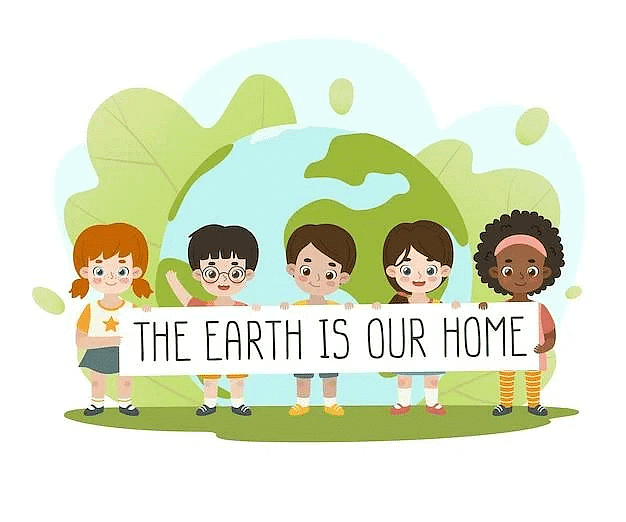
Around our Earth, there's a thin layer of air called the atmosphere. This air is what we breathe and it's important for living things to survive. We need land to walk and play, water to drink and swim, and air to breathe. These three things are essential for life on Earth!
Landforms on Earth
We live on land, and our Earth is full of fascinating landforms!
- There are vast flat areas called plains, gentle slopes known as hills, and deeper crevices called valleys.
- Then there are towering peaks called mountains, high flat areas called plateaus, and areas of land surrounded by water known as islands.
- We also have vast stretches of dry, sandy areas called deserts.
Each of these landforms has its own unique features and landscapes, making our Earth a diverse and beautiful place to live.
➤ Plains
- Plains are flat lands where many people live because they're great for farming.
- Rivers flowing through plains provide water for crops, making them ideal for agriculture.
- Cities and towns are often found in plains. They can be hot in summer due to lack of shade but cool in winter because of their openness.
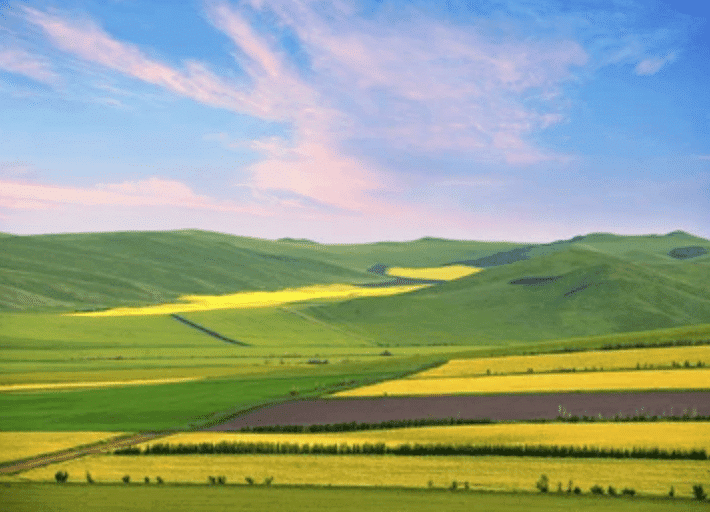 Plains
Plains
➤ Hills
- Hills are elevated areas of land that often have favourable weather conditions.
- They are suitable for growing various crops like fruits, tea, coffee, and spices.
- Due to their altitude, hills may receive ample sunlight and rainfall, creating ideal conditions for cultivation.
- This makes hills important agricultural regions, and helps in production of valuable crops.
Hills
➤ Mountains
- Mountains are tall landforms that reach high into the sky.
- They often have colder temperatures.
- The highest point of a mountain is called its peak, which is covered in snow or ice.
- Mountains play a crucial role in the water cycle, as many rivers originate from their peaks.
- These rivers provide freshwater to lower areas.
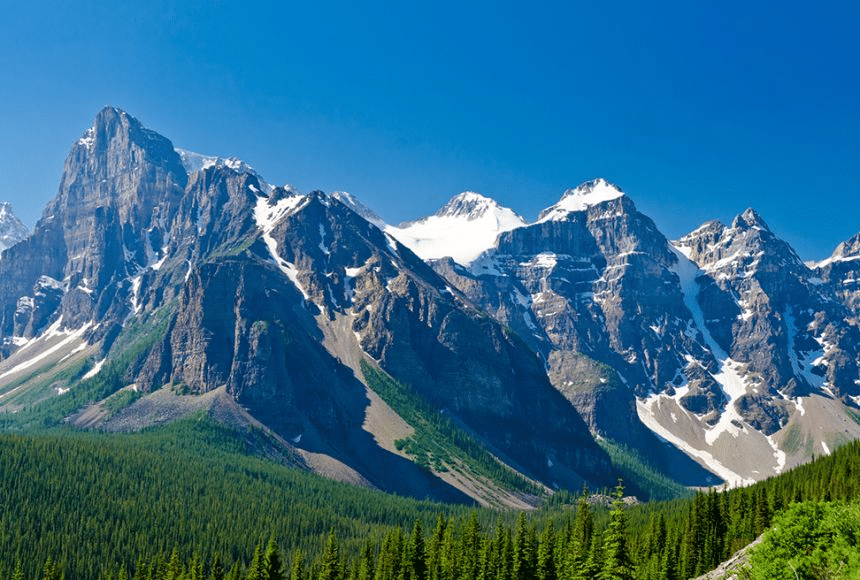 Mountains
Mountains
➤ Valley
- Valleys are low-lying areas that lie between hills or mountains.
- They often have rivers flowing through them, carving out them over time.
- Valleys provide fertile soil for agriculture and has rivers to transport water from higher areas to lower regions.
- They also offer beautiful landscapes and are favoured for human settlement and recreational activities.
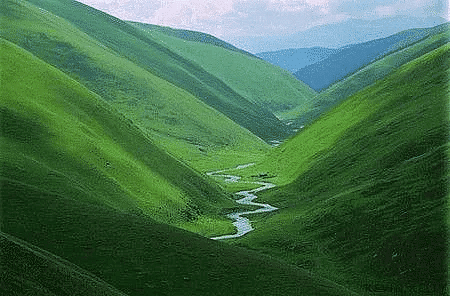 Valley
Valley
➤ Plateau
- A plateau is a raised area of land that is higher than the surrounding plains but has a flat top.
- Plateaus can vary in size from small to very large expanses of land.
- Plateaus are important for agriculture, grazing, and human settlement, and they often have unique ecosystems and landscapes.
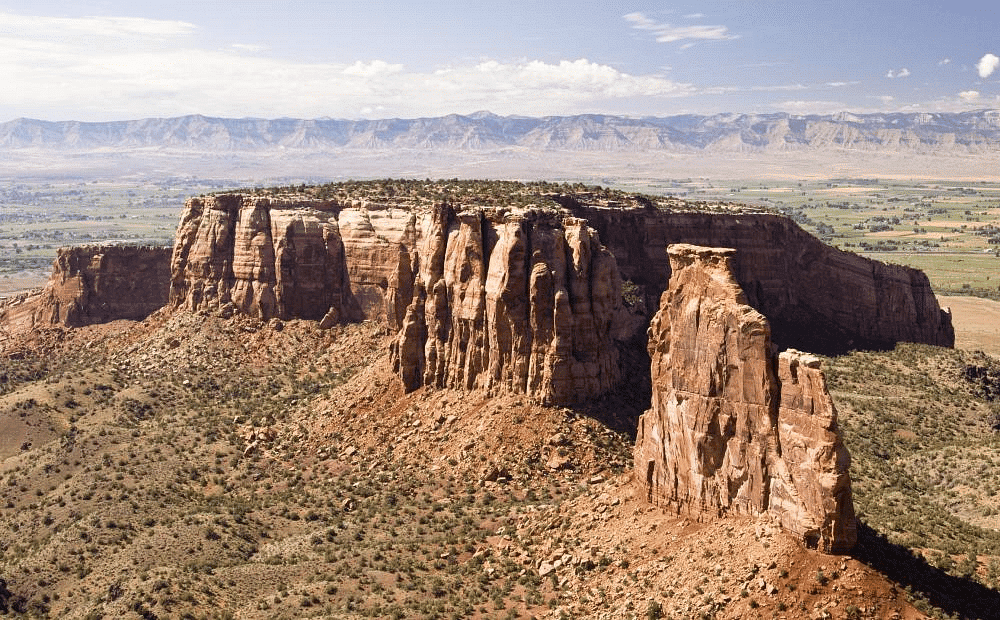 Plateau
Plateau
 |
Download the notes
Notes: Our Earth
|
Download as PDF |
➤ Island
- An island is a piece of land that is completely surrounded by water on all sides.
- Islands can vary in size from small patches of land to large landmasses.
- They can be found in oceans, seas, lakes, and rivers.
- They are home to diverse ecosystems.
 Island
Island
➤ Desert
- A desert is a vast area of dry land covered with sand, rocks, and little vegetation.
- Deserts typically experience a shortage of water.
- Only a few plants, such as cacti, can survive in these conditions.
- Camels are well-suited for desert travel because they are adapted to the hot and dry climate.
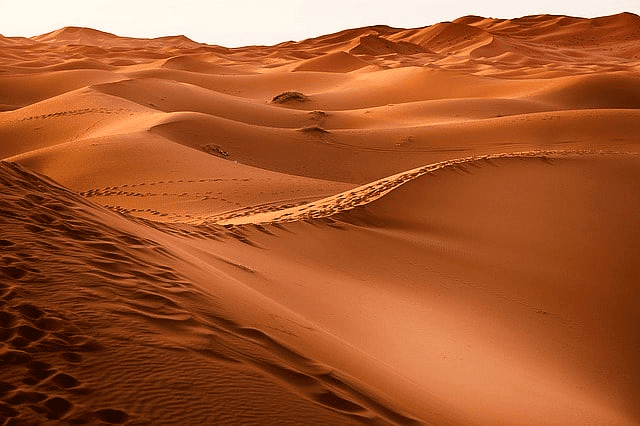 Desert
Desert
Water Bodies on Earth
- Water is a vital part of our planet, covering a large portion of the Earth's surface.
- Oceans, seas, lakes, and streams are all types of water bodies.
- Seas are large bodies of water, while even larger ones are called oceans.
- Streams are formed when melted snow from mountains flows downhill.
- When many streams come together, they form rivers. Rivers flow towards seas and oceans.
- Lakes are large bodies of water surrounded by land, while ponds are smaller ones.
- Rain is an important source of water and fills up ponds, lakes, and rivers.
- Digging wells is another way to access water from underground sources.
Overall, water is essential for life on Earth and plays a crucial role in sustaining ecosystems and human activities.
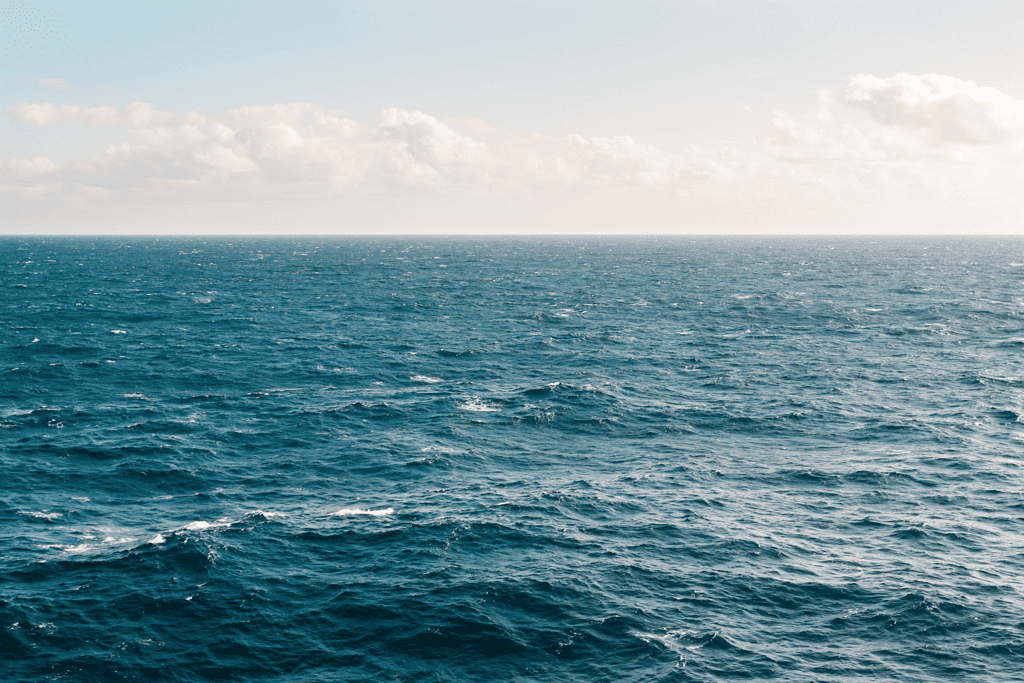 Sea
Sea
Air
- Earth is a unique planet in our solar system because it is surrounded by a protective layer of air called the atmosphere.
- This atmosphere contains the gases necessary for life, such as oxygen, which all living things need to survive.
- Air is essential for breathing, allowing living organisms to take in oxygen and release carbon dioxide.
- This process is vital for the survival of animals, plants, and other organisms that inhabit our planet.
- Without air, life as we know it would not be possible on Earth. It is the presence of the atmosphere and the air within it that makes our planet hospitable and able to support a wide variety of life forms.
|
23 videos|95 docs|30 tests
|
FAQs on Our Earth Class 2 Notes SST
| 1. What are landforms? |  |
| 2. How are mountains formed? |  |
| 3. What are valleys? |  |
| 4. Explain the formation of plains. |  |
| 5. What is a plateau and how is it formed? |  |



















